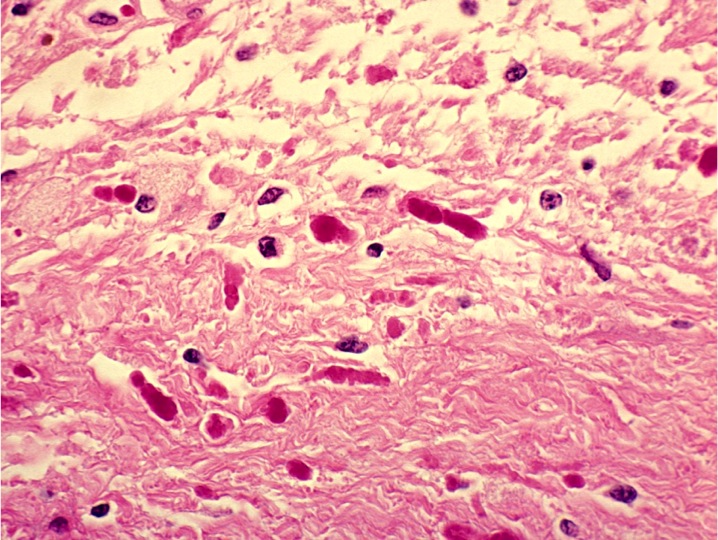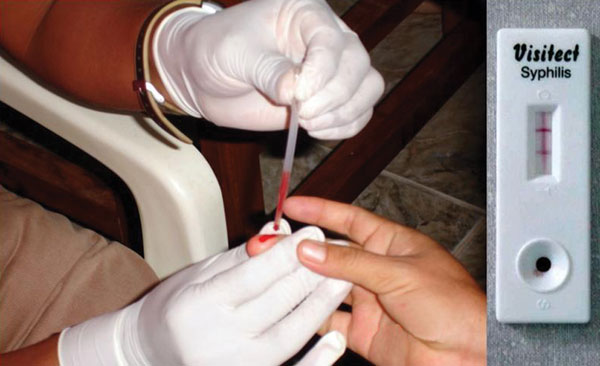No DNA test needed

Art and Science of Laboratory Medicine
Web site: laboratoryeqas.exai.com
Facebook: www.facebook.com/LaboratoryEQAS
Twitter: LaboratoryEQAS
Art and Science of Laboratory Medicine. Clinical laboratory and biomedical science related news, abstracts and images for medical laboratory professionals, students and other laboratory geeks.


 Pre-analytical errors
Pre-analytical errors POCT for Syphilis
POCT for Syphilis  Build Your Own Candy DNA
Build Your Own Candy DNA Untreatable gonorrhoea
Untreatable gonorrhoea  Vitamin D
Vitamin D  Ergonomic Issues in the Clinical Laboratory
Ergonomic Issues in the Clinical Laboratory
 In medicine, when a result is normal, the laboratory confirms that the patient is free of disease, infection, malformation or not abnormal. Coagulation results aid the clinician in determining if a patient is at a risk for thrombosis or bleeding.
In medicine, when a result is normal, the laboratory confirms that the patient is free of disease, infection, malformation or not abnormal. Coagulation results aid the clinician in determining if a patient is at a risk for thrombosis or bleeding.